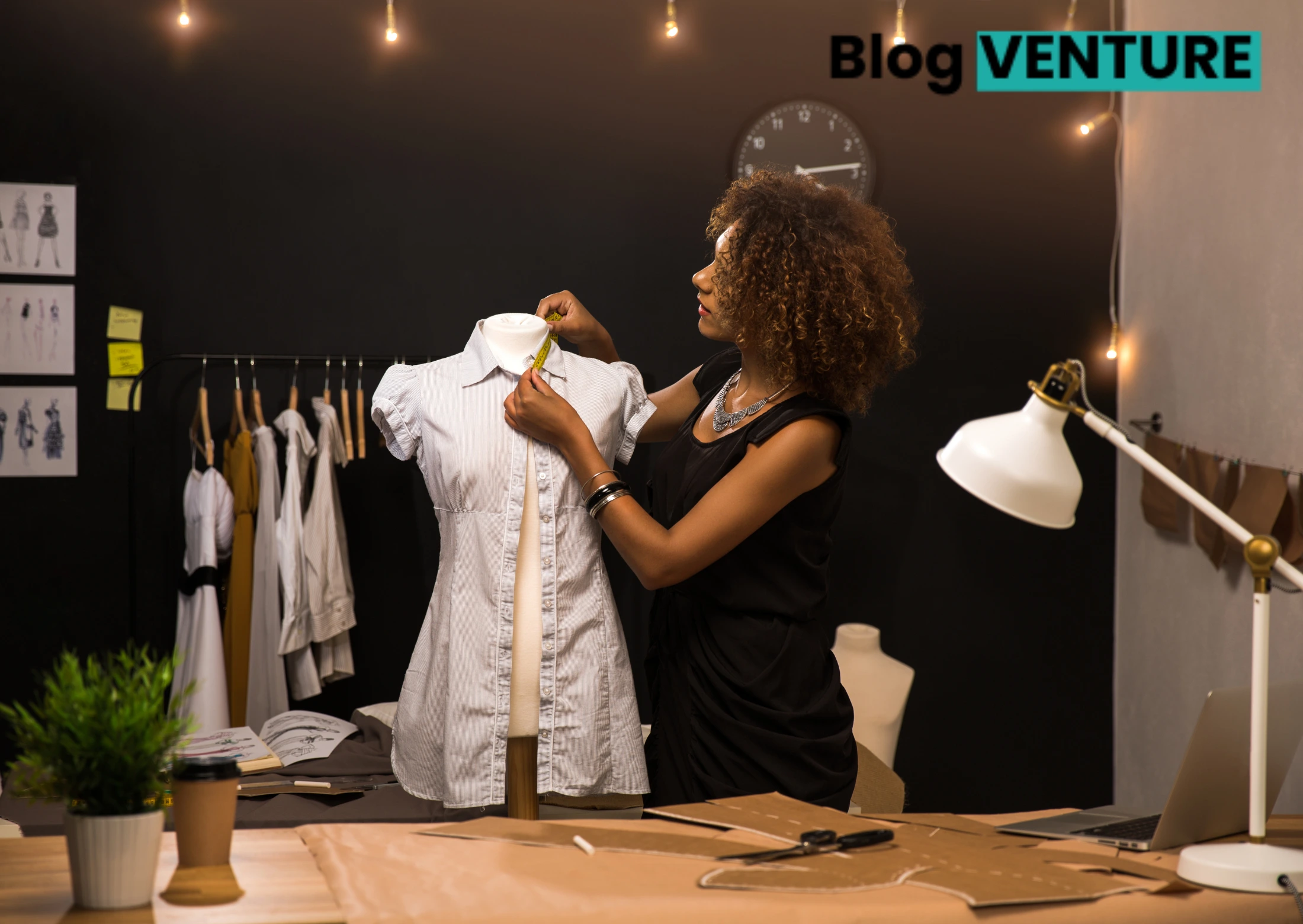Fashion design is a creative and dynamic form of work in which one style of clothing and accessories embody trends, personalities, and movements. There are numerous things that people understand when they hear “fashion designer”—from running along the fashion week runway to voicing high-end collections. Fashion designers design and frequently work hard on every aspect of the creative process, far more than merely developing a design as a concept on a page. By gaining a deep appreciation of a designer’s workout, it enables others to acquire a respect and understanding of the skill, devotion, and planning needed to realize style ideas in actual garments. A normal day for a fashion designer looks like
Morning:
Begin the Day
Fashion designers are often up early in the morning, possibly reading emails or catching some fresh fashion news while sipping coffee and planning their job day.
Creative Time
Mornings Mornings are dedicated to creative time. They may spend part of their day visualizing some fresh job concepts, searching at cloth, catching bits on photographs or brainstorming their future series. It’s an excellent time to be fresh, festive, and innovative.
Design and Production
Sketching
During this creative phase, he starts to draw his concepts. This is where a designer will strive with models and various problems, such as how a design appears on a body and how a color contrasts with another. Fabric and Material
Selection
After a designer has certain precise models in mind, they next explore the most suitable fabrics for their work. There’s a variety of diverse textiles, so designers must select the fabric that fits their idea’s look and feel—whether trying for a dull, elegant hold or anything commodious, joyous, and bold. Technical Drawings
Communication Collaboration
Team Meetings
Fashion designers also meet with a work team that includes pattern makers, seamstresses and marketing executives. Such meetings are important to track progress, troubleshoot challenges and align with a common vision.
Interactions, both client Contacted and vendor Contact.
Designers liaise with clients and vendors to review custom design concepts, source manufacturing materials — often overseas for sumptuous fur or leather— then finalize production timelines. Managing expectations and having everyone on the same page is what makes communication so important.
Manufacture & Quality Control
Prototype Development
Prototypes of the garments are created and tested, following which cut patterns begin. The prototypes are reviewed by the designers to see if they meet specifications and make any necessary corrections.
Quality Checks
Production quality is a process. Finished garments are inspected by designers for defects, consistency and quality. This step takes place to guarantee that consumers receive the highest quality products.
Marketing and Promotion
Fashion Shows and Events
Fashion shows and events in which fashion designers show their collections. And of course plan everything for the event — work with stylists, models and fashion managers so things go smooth.
Social Media and Branding
Developing a brand and marketing material is integral to establishing the designer as well as their work. Here their is only one image created by designer where they are handling social media outlets to reach out new customers and also collaborating with influencers.
End of Day
Reflection and Planning
At the end of day, designers find this as an opportunity to look back on what they have being able do that and take planning for their next day. This means tying everything up, checking on whether there has been progress and what is new in the air to keep going further with productivity.
Personal Time
It is something that everyone knows but balancing work with your personal time is key to keep you developing in creativity, without burnout. They might hangout, chillax as some of them call it, on the evenings or may go shopping.
Some of the difficulties faced by designers
Time Management
Creativity Versus Time Management
The core thing in fashion design is the junction of creative processes with really short deadlines. Designers spend a large amount of time to make sure their designs are right, even so things get late sometimes.
Financial Constraints
Budget Management
As we all know designers have the nose to work within a fix bugdet which din restrict there source of some quality material or an expensive design. It is essential that budget management be impactful so as to ensure profitability and success in projects.
Keeping Up with Trends
Adapting to Fashion Changes
This is a fickle industry and you need to keep abreast with the latest trends in supply, demand etc. This type of input should be taken as an indicator for us to carry on our research and keep adapting so that we create designs that continue top remain relevant with the target perceivedists.
Case studies and Top Desiners
Case Study 1: Coco Chanel
Coco Chanel changed the world of fashion with her timeless creations and original ideas. Her legacy in the fashion industry has lived on, her work notably including not only that little black dress but also Chanel No.
Case Study Two: Alexander McQueen
Famed for his out-of-the-box ideas and runway shows Alexander McQueen His willingness to break barriers and mix art with fashion ultimately placed him as a forward-thinking designer in the same column.
Lessons Learned
Importance of Innovation
Creativity is one of the important elements in fashion designing for success. Creative designers who are allowed to express and think out side of the box can create one-of-a-kind, compelling collections which attract attention where it is a dog eat skrilla fashion market.
Creativity Vs Practicality Balancing
Of course, creativity is important, but also to make economic choices that are politically correct in terms of production and market needs. A combination brings the two sides of architecture together and provides a counterweight to bothceived as realistic function based depictions.
Expert Insights
The Fashion Experts Say
Anna Wintour on Design
Fashion is not just clothes; it’s ideas, innovation and the art of storytelling. Designers have to stretch limits and must produce contents everyone can relate so there is deeper connection.
The Design Process According to Marc Jacobs
Designing, in all its avenues is such a thrilling but daunting process. Fashion design is a form of art that combines creativity with technical skills and overall discipline to turn your ideas into something the rest of us could wear.
Advice for Aspiring Designers
Creativity and Persistence
Dishya makes sure she reminds budding designers to dig deep into their creativity and never lose hope in the face of adversity. Becoming a successful designer is an ongoing journey and it needs exposure to, experience in… practice of learning, experimentation and passion.
Build a Strong Network
How You Can Get Ahead in the Fashion Design Industry: Networking Establishing connections to those in the industry, attending events and finding mentors can lead to some invaluable relationships as well.
Conclusion
Summary of Key Points
Fashion designer tasks vary from sketching and fabric selection, to production and marketing. It is a role that requires creativity, organization and effective communication as you bring designs to life in the fast paced world of fashion


